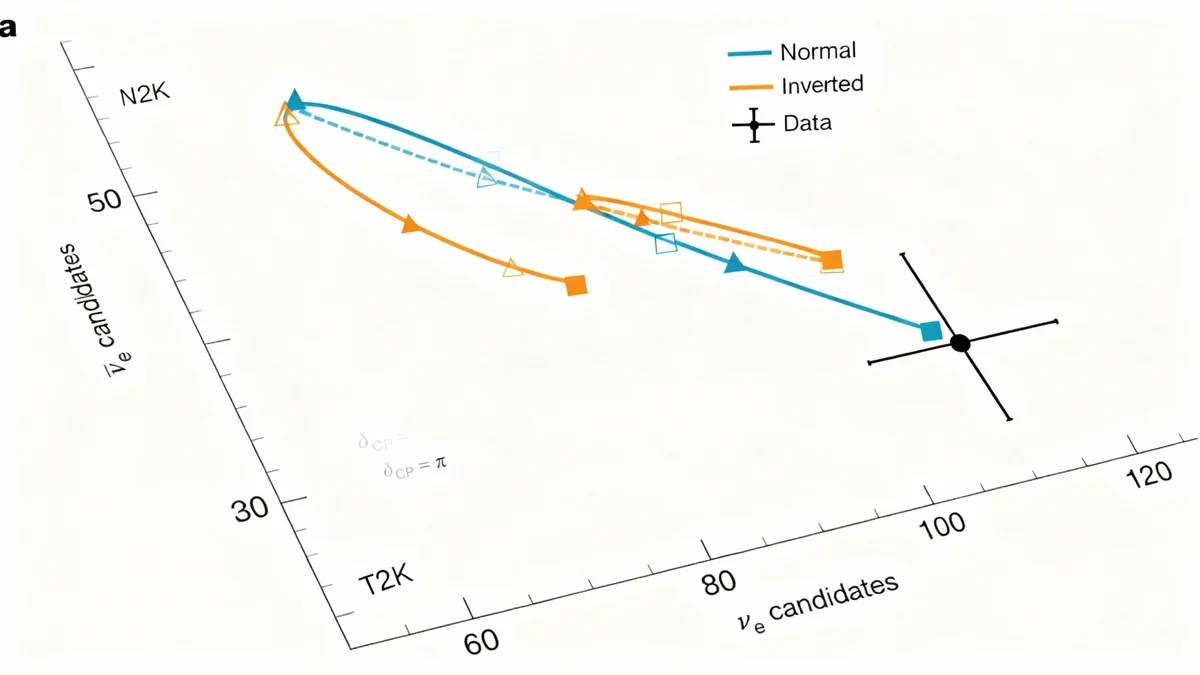A new study reveals that an economist's race, gender, and university affiliation can significantly influence their ability to form professional connections on social media. Research published in the American Economic Review: Insights shows that certain groups face disadvantages when trying to build networks in the field of economics online.
The field experiment, conducted on the platform formerly known as Twitter, found substantial differences in the rates at which economics professionals followed back fictional PhD student accounts. These findings suggest that even in online spaces often seen as merit-based, biases can create barriers for underrepresented individuals in academia.
Key Takeaways
- A study used 80 fictional social media profiles to test for bias among economists.
- White students received 12% more follow-backs than Black students.
- Students from top-ranked universities had a 21% advantage over those from lower-ranked schools.
- Female students received 25% more follow-backs than male students.
- The largest gap was between White women from top universities (highest rate) and Black men from lower-ranked universities (lowest rate).
Designing the Experiment
To investigate potential biases, researchers Nicolás Ajzenman, Bruno Ferman, and Pedro C. Sant'Anna created a detailed field experiment. They generated 80 distinct, fictional profiles of PhD students with a stated interest in economics. The experiment was specifically targeted at the community of economists active on social media, often referred to as #EconTwitter.
Each of these profiles was carefully designed to vary along three key dimensions: race, gender, and the prestige of their university affiliation. These characteristics are often central to discussions about diversity and inclusion in academic fields.
Creating Believable Identities
The researchers used a combination of common names and AI-generated profile pictures to signal the gender and race of each fictional student. The profiles were categorized as either male or female and as either Black or White. For university affiliation, the accounts were linked to either a top-ranked institution or a lower-ranked one, reflecting the academic hierarchy that exists in many fields.
Between May and August 2022, these 80 fictional accounts systematically followed 6,920 real users within the #EconTwitter community. The primary metric for the study was the reciprocal follow-back rate—the percentage of real economists who chose to follow the fictional PhD student accounts in return.
The Role of Online Networking
For academics, social media platforms like X (formerly Twitter) and Bluesky have become important tools. They are used to share new research, engage in scholarly debate, and build professional relationships that can lead to job opportunities and collaborations. These networks can be especially crucial for early-career researchers like PhD students.
Significant Gaps in Connection Rates
The results of the experiment showed clear and statistically significant disparities in how often the fictional students were followed back. The data revealed that race, university prestige, and gender all played a role in an economist's willingness to connect with a prospective colleague online.
The most striking difference was observed between the highest- and lowest-performing profiles. White women from top-ranked universities had the highest follow-back rate at 23.9%. In contrast, Black men from lower-ranked institutions had the lowest rate at just 14.4%. This represents a gap of nearly 10 percentage points between the two groups.
“Revealing systemic barriers to participation within these networks illuminates the mechanisms behind the well-documented lack of diversity in economics and may inform policies to reduce it.”
Breaking Down the Biases
When the data was analyzed by individual characteristics, several patterns emerged:
- University Prestige: Students affiliated with prestigious universities had a significant advantage. They received follow-backs 21% more often than their peers from lower-ranked schools, which translates to a 3.5 percentage point difference in their connection rate.
- Gender: Female students were favored over male students. The study found that female profiles received 25% more follow-backs than male profiles, a difference of 4.3 percentage points.
- Race: White students were more likely to receive a follow-back than Black students. On average, White profiles received 12% more follow-backs, representing a 2.1 percentage point gap.
By the Numbers
The study, titled “Discrimination in the Formation of Academic Networks: A Field Experiment on #EconTwitter,” was published in the September 2025 issue of the American Economic Review: Insights. The experiment involved 80 fictional profiles and 6,920 real users over a four-month period.
Implications for Academic Diversity
The findings suggest that the professional networks within economics are not formed on a purely egalitarian basis, even in digital spaces. The authors argue that the reluctance to connect with Black PhD students and those from less prestigious institutions can create significant professional hurdles.
These informal networks are vital for career advancement. They help young academics gain visibility for their research, find mentors, learn about job openings, and collaborate on new projects. When certain groups are systematically excluded, it can reinforce existing inequalities and contribute to the lack of diversity in the field.
The study highlights how subtle biases in everyday professional interactions, such as deciding who to follow on social media, can accumulate and create systemic barriers. Understanding these mechanisms is a critical step toward developing effective policies to promote greater equity and inclusion in academia.





